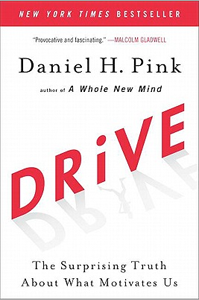Taking a hard look at the workday
We now live in a different world. As such management should have to take a hard look at what the typical workday looks like. What once was easy, like joining meetings during the weekday during core hours is now difficult due to having to be a parent first, or help a neighbor that is fearful to go to the store, or assist your parents who are in the highly vulnerable population. Keep in mind that some are more impacted than others. With those thoughts pressing, I decided to do a bit of research on asynchronous work habits.

I started my research with some podcasts. One I came across was Making Sense with Sam Harris, episode 194: The new future of work. In this podcast the CEO of Automattic (the company behind WordPress) elaborates on how he shaped his business and how they operate. His goal from the start was to create an environment that is fully autonomous teams, and by far, he has succeeded. Some key aspects that I took away that I intend to take forward to my work is:

- Make meetings optional, always. Record them and have a fantastic agenda. The agenda is sent out before hand so others can add points if they can't make it live. During the meeting, the facilitator adds in their points. The facilitator also keeps really great notes during the meeting and shares with everyone the outcome.
- Default to public talking places over DM. Obviously there is some discussions for private, but if its a team discussion, it should happen... well... with the team.
- Focus more on outcomes over time spent at desk.
- Create a space for teams to be able to have a high level of autonomy. That will in turn create a great purpose and mastery.
In the podcast above he mentioned a book that really helped shape Automattic. The book is called Drive: The surprising truth about what motivates us by Daniel Pink. The book is about autonomy, mastery, and purpose. I'd highly recommend this to anyone with interest in shaping your environment with the new way that the world works. The book has many great examples of the three pillars of motivation. First Autonomy, is the urge to direct our own lives. I've been part of many different organizations that provide a space of different levels of autonomy and one pattern I've seen is the more autonomous the staff, the more creativity happens. This is critical. One tangentially related topic is management style. I've found companies that practice servant leadership style of management, the staff has a higher rate of autonomy. Second mastery, the desire to get better and better at something that matters. I always try to work on being a better version of myself, and I encourage others to do the same. It is very exciting for me to see something that was once hard become simple. Lastly, purpose. You all know I love Simon Sinek and his "Start with WHY" book, and this is directly related to that. People yearn for what they do know it is in the service of something larger than themselves.
Have a look, you never know what you will learn.
- Tim


Comments
Post a Comment